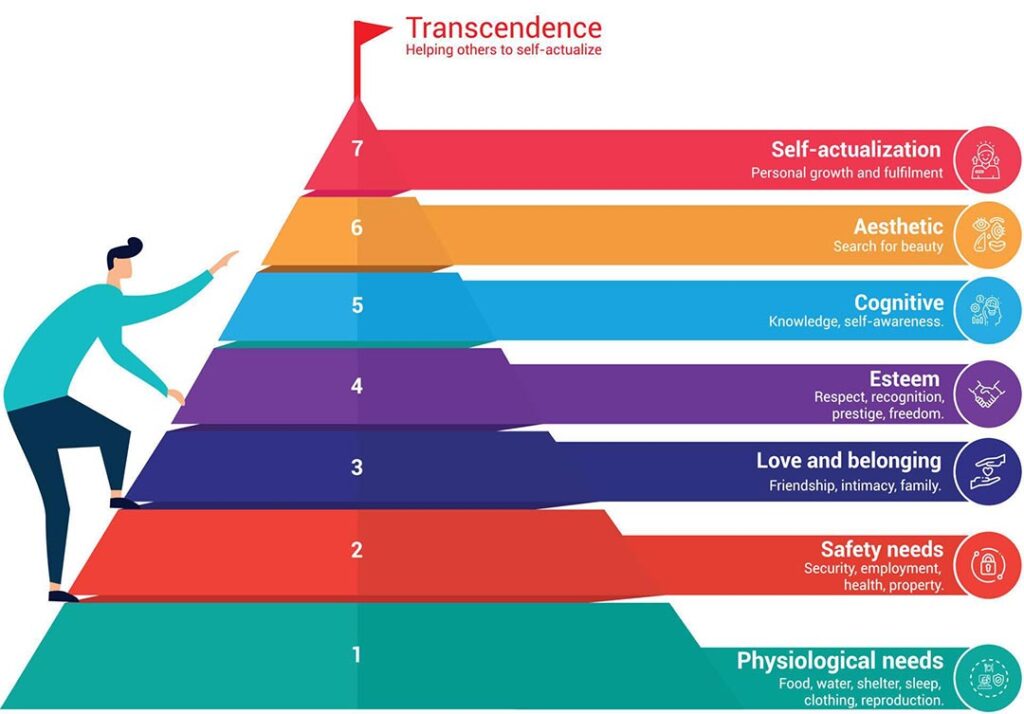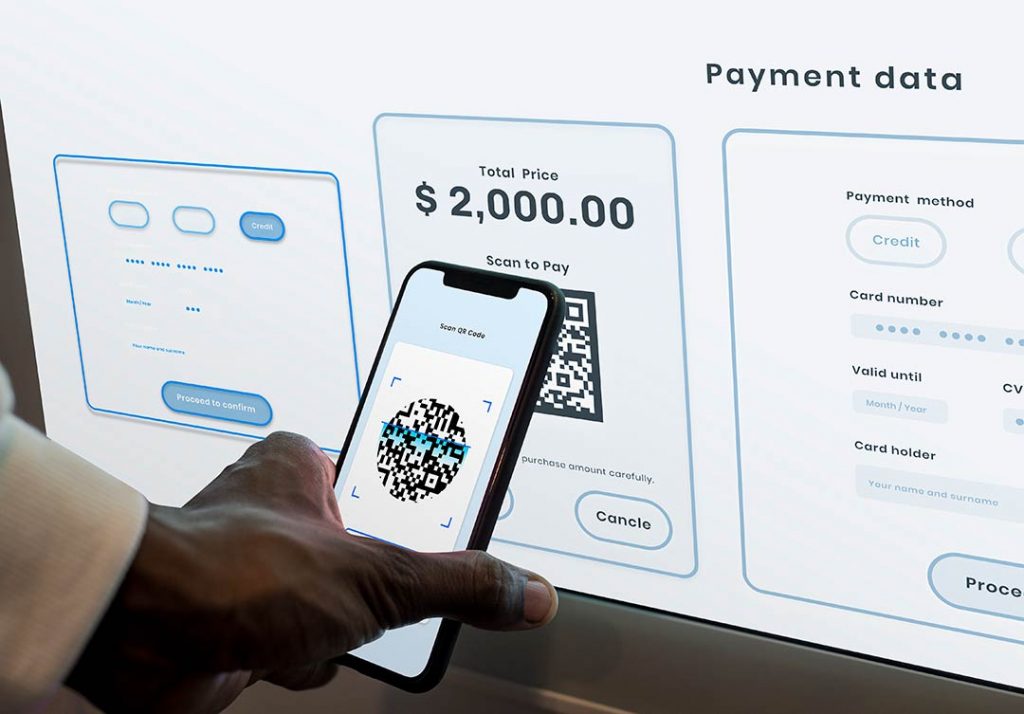Conflict is a reality we encounter in all aspects of life. Whether at home, at work, or in digital environments, disagreements are inevitable. However, conflict management has undergone a significant transformation with the advent of digital technologies. Today, we must manage conflicts not only face-to-face but also in online settings. Effective conflict management in the digital world has become one of the keys to success, both personally and professionally.
Digital communication tools offer both opportunities and challenges in conflict management. Therefore, it's crucial to view conflicts through a digital lens and update our strategies accordingly. Here are some strategies I recommend for managing conflicts in the digital world:
1. Overcoming Biased Perceptions of Justice through Digitalization: Conflicts in digital environments often stem from misunderstandings. In digital communication, crucial cues like tone and body language are absent, which can reinforce egocentric perceptions of justice. AI-powered tools can help by analyzing the sentiment of messages, enabling parties to better understand each other. This can prevent misunderstandings and lead to quicker conflict resolution.
2. Avoiding Threats and Provocative Actions: In the digital world, threats and provocative actions can spread rapidly through social media and email, potentially escalating conflicts and making them harder to manage. However, monitoring tools on digital platforms can detect such threats early and allow for timely intervention. Additionally, it's important to remember that digital threats leave a permanent record, which can damage relationships in the long term.
3. Overcoming the 'Us vs. Them' Mentality: Digital communication can exacerbate divisions between different groups. However, digital tools can be used to bridge these divides. For example, technologies like virtual reality (VR) and augmented reality (AR) can help different groups better understand each other. Clearly defining your common goals in digital spaces and using online collaboration tools that support these goals can be effective in conflict management.
4. Identifying the Underlying Causes of Deep Issues: Digital technologies, through data analytics and artificial intelligence, can help us understand the deep-rooted causes of conflicts. For instance, AI systems that track employees' digital footprints can identify sources of stress and potential conflict areas in the workplace. This data enables managers to proactively address conflicts.
5. Recognizing Sacred Values in the Digital World: In digital environments, sacred values are often expressed through social media posts and digital identities. Correctly identifying and understanding these values is critical in resolving digital conflicts. For example, a company's corporate values should align with employees' social media expressions. Otherwise, conflicts in the digital space could harm the company's reputation.
Conflicts are an inevitable reality in the digital world. However, we have powerful digital tools at our disposal to manage these conflicts. Research shows that 30% of employees experience digital conflicts at least once a week. The increase in remote work, especially during the pandemic, has made digital conflicts even more prevalent. Therefore, digital conflict management skills have become one of the most important competencies today.
How can you effectively manage conflicts using digital tools when they arise? Here are a few suggestions:
- Take Time: In digital environments, especially on social media, it can be tempting to respond quickly. However, hastily crafted replies can worsen the situation. Give yourself some time and think carefully before responding.
- Take a Break: Digital conflicts, like face-to-face ones, can be tense. If necessary, take a break and reassess the situation calmly.
- Avoid Instant Responses to Emails: Misunderstandings are common in digital communication. Instead of responding to emails immediately, take some time to review the situation.
- Broaden Your Perspective Digitally: In digital environments, understanding the other party's perspective can be challenging. However, making an effort to empathize and view the situation from their standpoint can make a significant difference in resolving the conflict.
- Clarify Your Message: In digital communication, plan what you want to say in advance and express your message clearly. To avoid misunderstandings, review your message several times before sending it.
- Pay Attention to Timing and Venue: Even in the digital world, timing and context matter. Before sending your message, ensure you've chosen the most appropriate time and platform.
- Emphasize Collaboration in Digital Spaces: Use digital tools to demonstrate a collaborative approach. For example, collaborating on a shared project management platform can contribute to resolving the conflict.
- Manage Your Emotions: Managing your emotions is even more critical in digital environments. Since tone and body language are absent in written communication, make sure to express your message calmly and constructively.
With proper planning and the effective use of digital communication tools, managing conflicts becomes much easier. Mastering the digital world is not just a skill but a necessity in modern professional life. These skills will make you a successful digital leader and an effective business person.
Share:
Related Articles

Why Do Managers Struggle with Genera ...
A reality long felt in the business world is this: there is a natural diffe ...

Leadership
Support, love, and trust received in childhood nurture self-confidence, cou ...

Generation Z: Not Just a Mirror, but ...
One of the most frequent complaints in today’s business world is: “Young em ...

A New Era in Business with Artificia ...
The Industrial Revolution began with steam. Then came electricity, computer ...

The New Face of Entrepreneurship: Wo ...
The new generation of entrepreneurship is no longer solely profit-driven; i ...

Understood Employees Contribute and ...
In the corporate world, we often hear statements like: “They’re talented, b ...

The Silent Power of Corporate Succes ...
In today's business world, organizations operate in an environment shaped b ...

Customer Relations and Training in B ...
Bancassurance, a business model in which banks market insurance products to ...

What Awaits the Business World? A St ...
Digitalization is no longer just a technological trend but a necessity for ...

Digital Transformation in Conflict M ...
Conflict is a reality we encounter in all aspects of life. Whether at home, ...

The Road to Success: Market Dynamics ...
In today’s rapidly changing market conditions, the importance of management ...

Leadership in the Digital Age: A New ...
Leadership in the digital age requires embracing continuous learning, innov ...

Mastering Risk Management
Mastering risk management is not merely an option for businesses but a nece ...

International Banking in Germany: A ...
Germany, with its strong industrial structure, high-technology products, an ...

Leadership and Maslow's Hierarchy of ...
Abraham Maslow's hierarchy of needs is a fundamental psychological theory u ...

Leadership and Sustainability of Org ...
Today's business world is characterized by continuous change, technological ...

The Importance of Coaching Skills f ...
The Importance of Coaching Skills for LeadersCoaching skills are essenti ...

Fintech in Turkey: The Rise of Finan ...
Fintech in Turkey: The Rise of Financial Technology

Bancassurance
Bancassurance is a business model that is among the financial services offe ...

Banking and Frankfurt
When the banking and finance sector in Europe is analyzed, it is seen that ...

Digital Banking and Germany
Digital banking is a banking service where customers can do their banking o ...

Banking in Germany
Euro used since 2002 in The Eurozone, the currency of 19 EU members. There ...

Strategic Communication
Strategic communication plays a critical role in the success of an organiza ...

Importance of Supply Chain
The supply chain is a critical factor in which a company manages the flow o ...

Key to Success: Going Digital
Digital transformation is a transformation process that aims to increase th ...

Welfare
Poverty and inequality are one of the biggest challenges the current societ ...

ChatGPT
ChatGPT, developed by the OpenAI company known for its work and research in ...

What is Emotional Intelligence and w ...
Emotional intelligence (also known as emotional quotient or EQ) is the abil ...

The Importance of Women's Employment ...
Women's participation in the workforce is closely related to the level of d ...

Digital Banking II – Digital Banking ...
A serious step taken for the spread of “digital banking” in Turkey, providi ...

The Perception of Morality within Ma ...
If everybody in the world jumped out of a window, would you? This question ...

Digital Banking
Digital banking is a banking technology that offers customers the opportuni ...

Banking, Artificial Intelligence and ...
We have heard the concepts of metaverse, artificial intelligence and machin ...

Green Asset Ratio
Sustainable finance has an important place among the investments made for t ...

Servant Leadership
There is an effective form of management that we often hear about today: se ...

Sustainability In The Global Banking ...
Before Covid-19 wreaked havoc on the world’s economies, the global banking ...

Revolution of Digital Banking
With the European Central Bank considering to investigate for a digital cur ...

Taking Action and Making Decisions i ...
Uncertainty is the fact that an event is not within the framework of certai ...

Wind of Change
Change is an important concept that must be managed for employees at all le ...

Organizational Justice
“What is justice? Giving water to trees. What is injustice? To give water t ...

Open Banking
Digital transformation has started to show its effects in every aspect of o ...

Digital Literacy And Corporate Life
There are many innovations that managers and employees need to follow in or ...

Financial Literacy
The words money and economy are two important concepts that have a great pl ...

Sustainability and Bank
The solutions we have found to our various needs throughout history and ada ...

Adaptability, Flexibility and Leader ...
Being able to adapt to changing conditions is very, very important not only ...

Creativity and Leadership Relationsh ...
The world is getting more competitive every day. For this reason, the servi ...

Competitive Analysis and Banking Sec ...
Competition analysis requires you to examine your direct and indirect compe ...

Delegation in Management
The statements "two heads are better than one" or "teamwork makes the dream ...

Climate Change
All creatures evolve to best adapt to environmental impacts. Those who are ...

Change of Banking Service Channels i ...
Global crises such as the pandemic, force the existing structures to change ...

Innovation
It is undeniable that innovation has a very important place in today's worl ...

Artificial Intelligence
Artificial intelligence is no longer just something specific to science fic ...

Entrepreneurship
Entrepreneurship is the process of starting a new business that incorporate ...

Global Leadership
The world is changing day by day and the information we have today is out o ...

Resilience and Leadership
We encounter many events in life that cause us difficulties and stress. How ...

Entrepreneurial Spirit for Leaders
Why is important for success? The conventional perception of entrepreneursh ...

Finance Leadership in a Pandemic
Crises bring along a period in which institutions need to review their fina ...

Crisis Management
Crisis is a state of tension that puts the existence and goals of an organi ...

Strategic Leadership and Pandemic
Strategic Leader is the person who sets the roadmap to achieve the ultimate ...

Awareness, Appreciation, Success
It is very important for a person to recognize himself, discover his power ...

Woman and Career
People who are raised by unemployed mothers have a mother model in their mi ...

Conflict Management
In the broadest sense, conflict is disagreement between two or more people ...

Leading with Kindness
Kindness is an important virtue. Kindness in all areas of life makes relati ...

Smart Meetings
Meeting management is the process of managing all stages and components of ...

Negotiation Management
Negotiation is defined as a dialogue aimed at reaching a common and benefic ...

Virtual Leadership
The repercussions of the digitalization process in business life were sprea ...

Manager and Patience
Patience is an important concept in management. Patience is active, not pas ...

Being All Ears
Human beings differ from other creatures in their way of communicating. Com ...

Networking
The fact that managers in the corporate world act with awareness of network ...

Asking Strong Questions
For managers, asking a strong question is an important skill. Managers, who ...

Managing Yourself
The manager at work is in communication with the other parts of the busines ...

Mental Immunity
In the fight against Coronavirus (Covid-19) pandemic, knowledge and awarene ...
